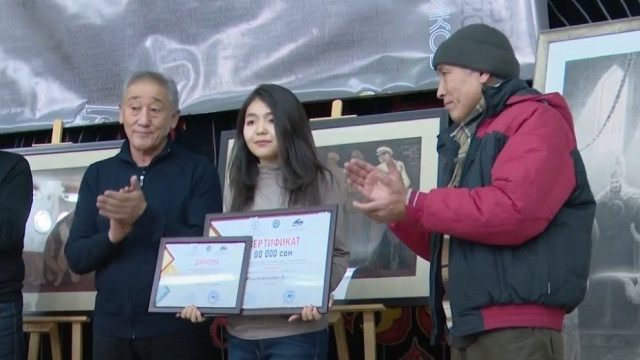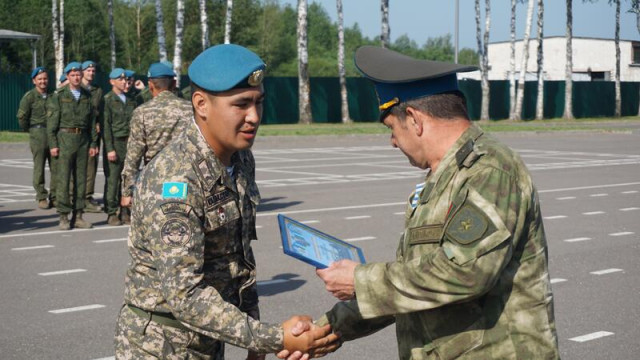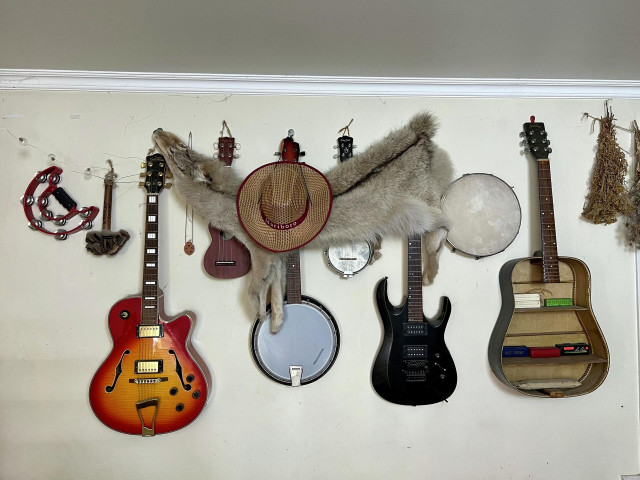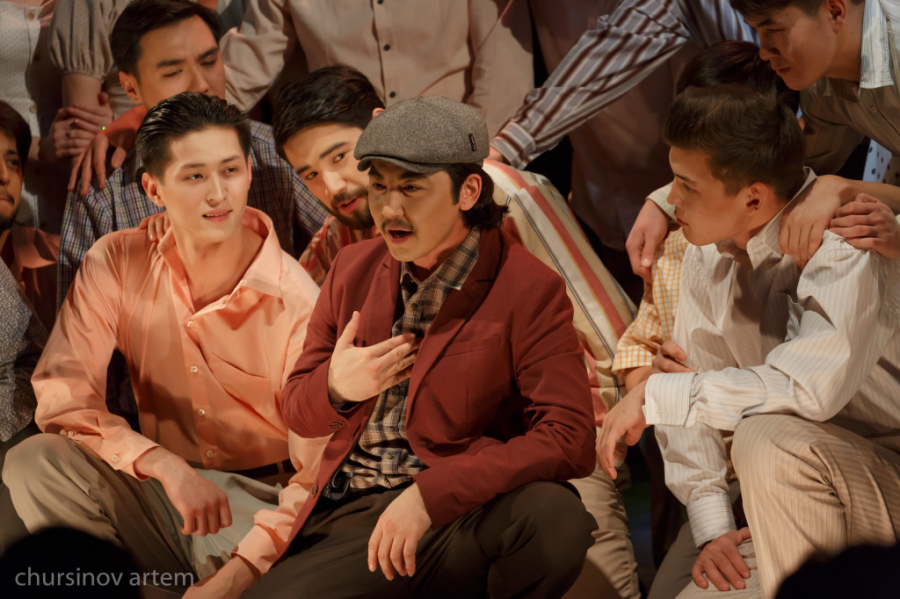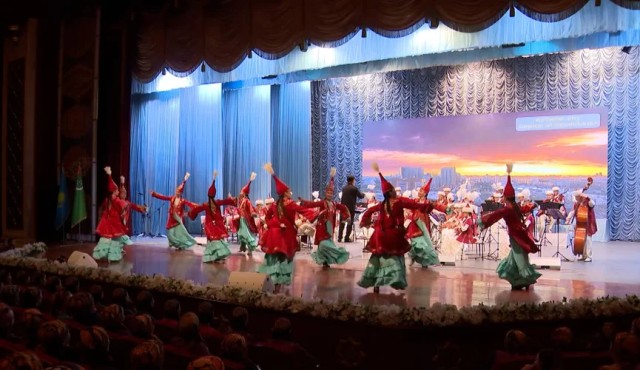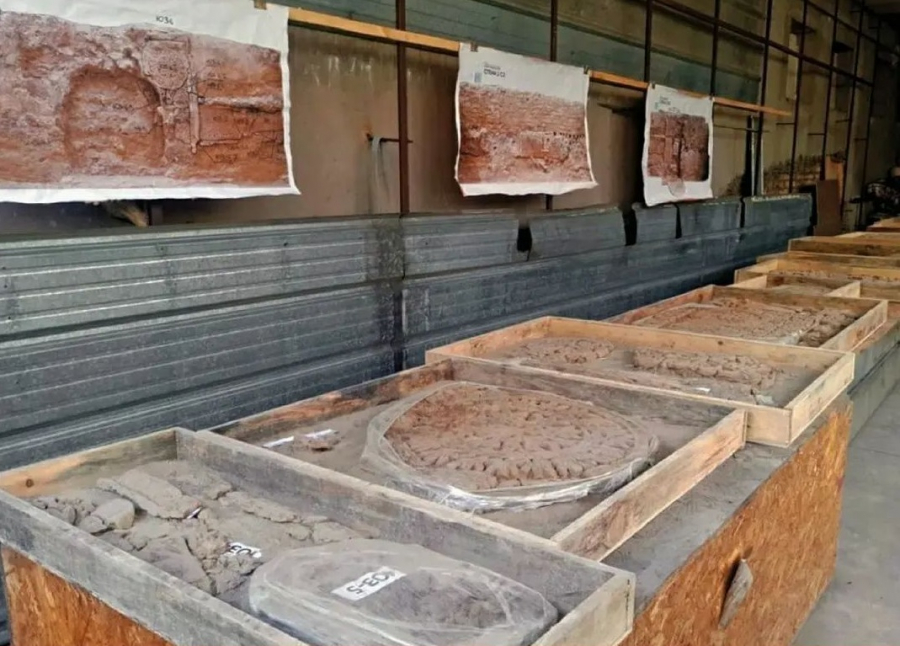
The exhibition entitled ‘Kulan City at the Crossroads of Civilizations’ opened at the Kazakh National Museum in Nur-Sultan. The exposition features frescoes from the ancient city. Every drawing imprinted in clay is unique. They were found in the course of research of the temple. According to experts, such valuable artifacts dating back to the eighth century had not previously been found in Central Asia. Over the past three years, these unique works have been undergoing restoration. Archaeological and cultural layers of the Turgesh, Karluk and Karakhan periods were discovered in Kulan. At the same time, domestic scientists believe that this medieval city still keeps quite a few secrets. Because the artifacts presented at the exhibition were found during excavations of only 40 square meters of the city. Kulan is included in the UNESCO World Heritage List as a historical and cultural monument.
“Outside there is Shahristan. Its dimensions are 230 by 230 meters. This part of Shahristan has not yet been explored. There is also a part of ‘Rabad’ outside. It has a radius of one kilometer. And behind it, outside there is a part called ‘Balat’. The perimeter of the outer fortress is 15 kilometers. That’s why we cannot say that this city has been fully explored. We are currently preparing scientific projects dedicated to Kulan city. These are projects funded by state grants. UNESCO will allocate funds for research, museumification and conservation of the city of Kulan. Work will begin this year,” archaeologist Serik Akylbek said.
Translation and Editing by Assem Zhanmukhanova




